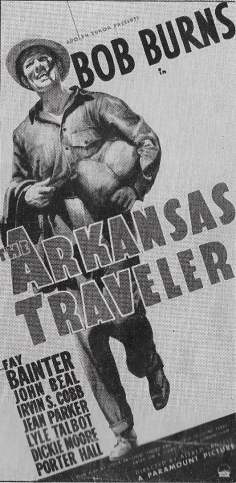
Viola Brothers Shore
writer
- Gender: Female
- Birthday: 1890-05-26
- Day of Death: 1970-03-27 ( 80 years old )
- Place of Birth: New York City, New York, USA
- Also Known As:
- IMDB:nm0794964
From Wikipedia, the free encyclopedia
Viola Brothers Shore (May 26, 1890 – March 27, 1970) was an American author who worked in a variety of mediums from the 1910s through the 1930s. Married three times, she began her writing career as a poet and a writer of short stories and articles or magazines. Towards the end of the silent film era, she began writing screenplays, and eventually expanded into theatrical plays and novels. Her daughter, Wilma Shore, was also a successful writer. Shore was named during the hearings of the House Committee on Un-American Activities, along with her third husband, Haskoll Gleichman, and her daughter. In her later years she taught at New York University (NYU).
While at NYU she began her writing career, publishing poetry, articles and short stories in magazines. In 1921 she would publish her first short story collection, The Heritage, and other stories. She expanded into the film industry in 1925 when one of her short stories, “On the Shelf”, which had been published in the Saturday Evening Post in 1922 was made into a film, Let Women Alone. She had another one of her short stories, “The Prince of Headwaiters”, (co-written with Garrett Fort) made into a film of the same name in 1927, before working on her first screen writing credit in 1927, when she wrote the titles (dialogue) for Night Life, a silent film directed by George Archainbaud. Shore worked on another dozen screenplays for silent films over the next two years, as well as having another one of her short stories, “Notices”, turned into a screenplay for the film Hit of the Show in 1928. Shore worked on the scripts for another fourteen screenplays for sound films from 1929 through 1939, the first one being Dangerous Curves in 1929, starring Clara Bow and Richard Arlen. Other notable films on which Shore worked on the script include: 1933’s comedy Sailor Be Good, which she co-wrote with Ethel Doherty and Ralph Spence, and starring Jack Oakie; Breakfast for Two, a 1937 screwball comedy starring Barbara Stanwyck and Herbert Marshall, which she co-wrote with Charles Kaufman and Paul Yawitz; and Blond Cheat (1938), another comedy also co-authored with Kaufman and Yawitz, as well as Harry Segall. Shore’s final screenplay was an adaptation of the Barry Benefield novel, The Chicken-Wagon Family, for the 1939 film Chicken Wagon Family, which stars Jane Withers.
In the 1930s Shore also wrote several mystery novels, including The Beauty Mask Murder in 1930 and Murder on the Glass Floor two years later. During this time she would also be involved in several Broadway productions. Shore, along with Nancy Hamilton and June Sillman, wrote the lyrics to the 1934 musical revue, New Faces of 1934, which ran for almost 150 performances at the Fulton Theatre, and had a cast which included Henry Fonda and Imogene Coca; Later that year, on Christmas Day, she would have two plays open simultaneously on Broadway. Her drama, Piper Paid, written with Sarah B. Smith, opened at the Ritz Theatre, and the musical Fools Rush In opened at the Playhouse Theatre. Both plays had very short runs of 15 and 14 performances, respectively.
Viola Brothers Shore Movies (28) · · · ALL


The Arkansas Traveler (1938)
6.2
Blond Cheat (1938)
5.8
Breakfast for Two (1937)
6.4
The Life of the Party (1937)
5.6
Smartest Girl in Town (1936)
6.3
Sailor Be Good (1933)
5.4
Men Are Such Fools (1932)
5.6Husband’s Holiday (1931)
6.5
The Kibitzer (1930)
5.4






